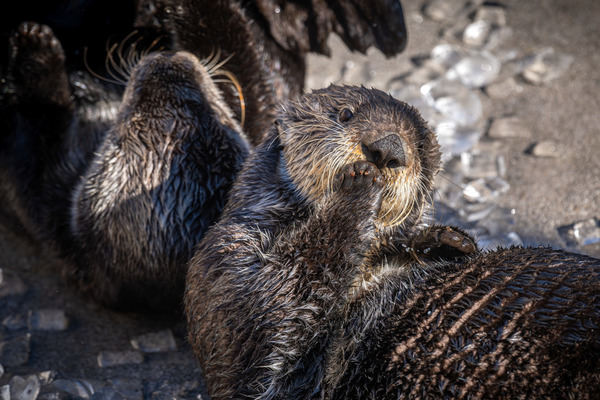
One’s a trend, the other’s a device that can harm our ocean. But just like trends can spark positive change, innovation is transforming fishing practices too.
🦈 The FAD we’re talking about is a fish aggregating device—floating rafts made of plastic, netting, and rope that attract tuna in the open ocean. While FADs make tuna easier to catch, they also attract sharks, sea turtles, and other marine life, which often get accidentally caught too.
‼️The harm doesn’t stop there. An estimated 80,000 to 120,000 FADs are deployed every year—and many are later lost or abandoned. These FADs risk becoming ghost gear—harming marine life, breaking down into microplastics, and adding to marine pollution.
✨ The good news? Solutions to FAD-driven pollution are in the works—from biodegradable FADs made from bamboo, cotton, and plant-based materials to satellite and drone tech that are helping track and recover lost FADs.
🔍What are WE doing? The Monterey Bay Aquarium Seafood Watch program considers FAD use when assessing tuna fisheries because they often have a lot of bycatch of other marine life. We also check if fisheries work to prevent, reduce, or remove ghost gear.
📢 What can YOU do? Buy from businesses that share where their seafood comes from and commit to sustainability—they’re more likely to sell green- or yellow-rated seafood. If the tuna is caught with FADs, make sure it’s from the eastern Pacific Ocean. Also, choose canned tuna labeled:
✅ pole-and-line-caught or pole-caught
✅ troll-caught
✅ FAD-free or free school
📷 2 and 3: Ocean Conservancy/The Global Ghost Gear Initiative.











